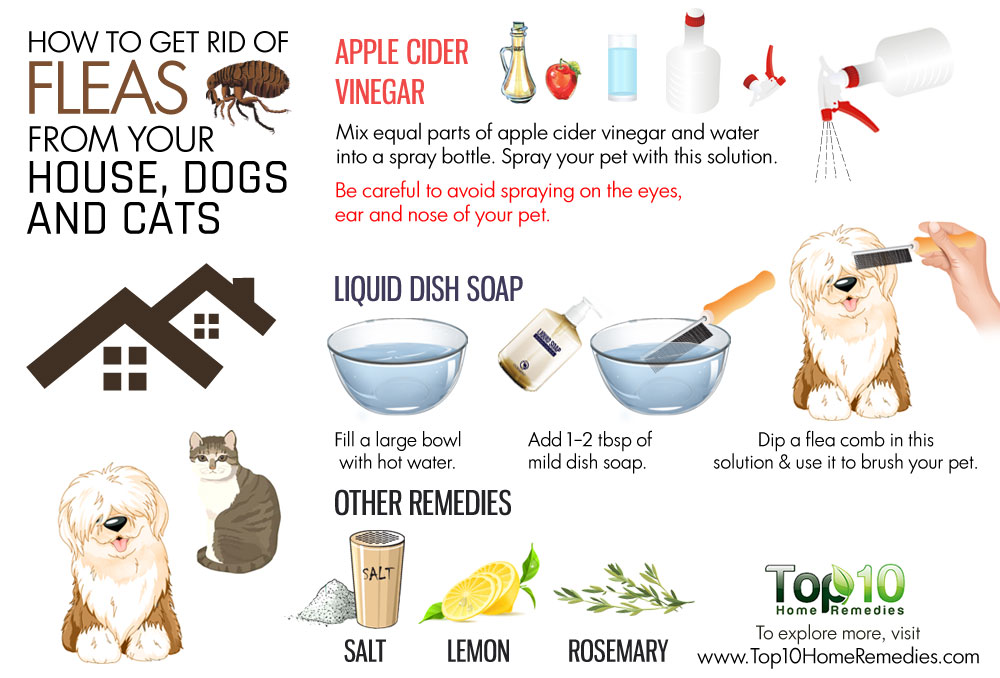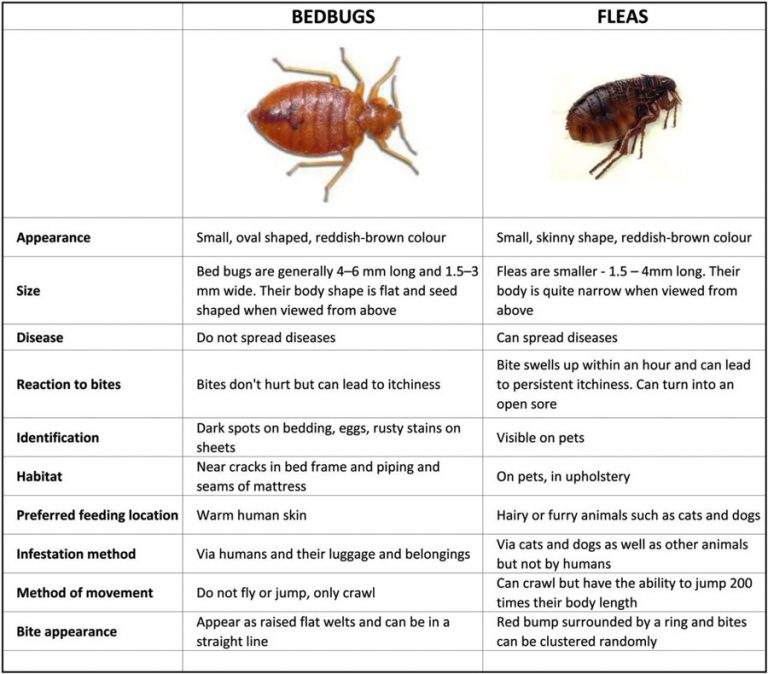How to Get Rid of Fleas Naturally: 14 Safe Solutions
Table Of Content

Simply bring your own beer, stoke up the wood-burner and test your skills at traditional darts. Dogs, physically fatigued from their rural adventures, can conk out in front of the fire. Situated deep in rolling South Shropshire countryside, with a wealth of walks direct from the door, plus 12 acres of lush farmland to explore, Tedbury Cottage is perfect for a dog-friendly escape. The Clee Hills and Mortimer Forest are both within easy reach, too, and when you're not out exploring the cosy interiors provide the lovely place to relax. A magnificent first floor apartment, 1 Woodheads, sits nine miles from Lake Windermere and is part of a Regency-style villa with views out towards Morecambe Bay and the distant Pennines.
Cat Reproduction & Mating: Vet-Approved Facts & Explanation
Apple cider vinegar won't harm them from a topical standpoint, but it can be harmful to them when ingested, including if they accidentally lick the vinegar off themselves. This can cause a variety of problems in pets, including vomiting, ulcers, and esophageal damage. Fleas are annoying, and they can cause health problems for both pets and people.
Use a pet-safe flea spray
If you have a serious flea invasion, have your carpets steam cleaned. Fleas can live and hide in upholstered furniture, so it’s a good idea to check this furniture for fleas. One of the biggest signs that you have fleas in your furniture is if you are being bitten whenever you sit on or near that piece of furniture. Along with citronella, most of the other oils in this candle have also been shown to have some repellent efficacy against mosquitoes. To fend off bugs like ticks, biting flies, gnats and chiggers for hours on end, our experts recommend Off! If you have a large yard that's often the scene of cookouts and games of capture the flag, you're best off creating a bug-free zone.

Call the Vet
Your home may become infested with fleas if your pet brings these parasites into your house. Fleas are small and can easily hide in upholstery, so you may not be aware of their presence until a large infestation has occurred. For the parts of your home where you and your pets hang out the most, like the living room, kitchen, and bedrooms, vacuum every day. Monique spends a lot of time researching how to protect her backyard from harmful pests and trying to attract beneficial insects and animals. If you think fleas are living in your bed or bedding, look closely at the edging, folds, seams, and around the tags of your mattress and box spring. You can also check the corners and underside of the headboard and bed frame for fleas, especially if these are made of wood.

Keep in mind that a flea comb won’t kill fleas, so you will need to have a plan to quickly kill fleas as you brush them off before they jump back onto your cat or get loose in your house. Brushing your cat on a hard surface, like a tile floor or wooden table, will help to reduce the chances of you losing track of the fleas you brush off. If your cat has fleas, then there are likely fleas hiding in your cat’s bedding. Running the bedding through the dryer afterward can also help eliminate any remaining fleas.
How to Get Rid of Fleas on Cats - Fleas on Cats Symptoms and Treatments - Good Housekeeping
How to Get Rid of Fleas on Cats - Fleas on Cats Symptoms and Treatments.
Posted: Tue, 23 Apr 2019 07:00:00 GMT [source]
Hot, soapy water kills fleas, so wash your cat's or dog’s bed every week. And if your pets sleep in your bed or with your kids, make sure to wash everyone else’s bedding too. If regular vacuuming isn’t enough, try sprinkling some salt or baking soda on the carpet or furniture first. Leave it on for 24 hours or up to a week before you vacuum it up. You can get rid of fleas by taking steps to control them at every stage.
Banish Fleas From Your Yard With An Unexpected Cleaning Product You Already Own - House Digest
Banish Fleas From Your Yard With An Unexpected Cleaning Product You Already Own.
Posted: Fri, 11 Aug 2023 07:00:00 GMT [source]
How to Identify and Get Rid of Fleas
Tapeworms may occasionally infest people as well, although this is rare for heartworms. If your pet is a walking carrier of mature fleas, your home can become the nursery. Excessive itching and scratching is a telltale sign your pet may have fleas. On average, fleas are 2-4 millimeters long, making them visible to the naked eye.
Likely targets are the lamps in the same room as your pet’s preferred sleeping area. If your pet frequently sleeps on your bed, toss your own bedding directly into the washing machine. Next, get out your vacuum and throughly go over the entire house, paying special attention to areas under and behind the furniture. Also be sure to vacuum the furniture itself, as fleas often hide in upholstered sofas and chairs.
How to get rid of fleas: 9 effective ways to get rid of fleas in the house
Dogs can get fleas in many ways, but the most common way is from one animal to another. Our furry friends are always socialising, so fleas can easily jump from fur to fur. As well as this, dogs can also catch fleas from the grass outside.
You also need to determine how to get rid of fleas in your home. It can take as long as three to four months to get rid of an infestation, as you’ll need to wait for all of the fleas in your home to go through their life stages. Flea and tick preventatives kill fleas that come in contact with your dog, preventing your pup from bringing them home in the first place. There are several options out there, from flea collars to topical liquid applicants and pills. Talk to your vet about the flea preventative that is safest and right for your puppy or dog. These tiny, blood-sucking parasites irritate your dog and infest your home — often before you realize they’ve moved in.
There are a few things you can and should do to prevent fleas from infecting your pets and taking up residence in and around your home. According to Fernandez, there are dog- and cat-specific treatments that you can apply orally (by mouth) or topically (on the skin and fur). Treatments vary in frequency and can be monthly, daily or every eight to 12 weeks. In a great location for you to explore both Devon and Cornwall, this contemporary dog-friendly cottages is set within a beautiful garden, too.
By following these treatments for getting rid of fleas, and continuing using preventative measures, you'll hopefully keep them out of your home and off your pets. If the problems persist, look into a professional exterminator to get the job done. And if your pet remains in distress, seek out your local veterinarian for options. A very effective, natural insect killer is diatomaceous earth, killing fleas within four hours. It is non-toxic to pets and humans, but it's fine dust, and like any particulate matter, it should not be inhaled. You may want to avoid being around the dust and keep your pet away, or consider wearing a respirator when using or vacuuming the powder.
For it to work, boil some rosemary in a pan with water and leave it to cool down overnight. Then, drain the liquid into a spray bottle (make sure you separate the sprigs so none fall in). Fleas and ticks are external parasites that can cause extreme discomfort and serious illness in pets. If your dog has fleas, you may notice them itching, scratching or chewing at themselves.
These are chemicals (e.g., methoprene and pyriproxyfen) that prevent fleas from reproducing. Treat all soft surfaces, including carpeting, with the insecticide. Then keep pets and family members away from the treated areas for at least a few hours, until the insecticide has dried. Signs of a flea infestation include seeing fleas hopping on your carpet or furniture, or noticing your pets obsessively chewing, licking, or scratching themselves.
Thanks to the combination of high heat and soap, the fleas will be gone in no time. Fleas are small, agile insects that live by feeding on the blood of animals. Once fleas are in your home, they can survive in the carpet and on your pets.
Adult fleas live on the fur of animals where they will lay their eggs. The average life cycle of a flea is around 100 days, however, they can live indoors for up to a year if the conditions are favourable to them. Fleas—those nasty little bugs that hitch a ride on your pet—are a nightmare to get rid of in the home. The easiest way to prevent an infestation is to make sure your pet is on veterinarian-prescribed pest preventatives.
Comments
Post a Comment